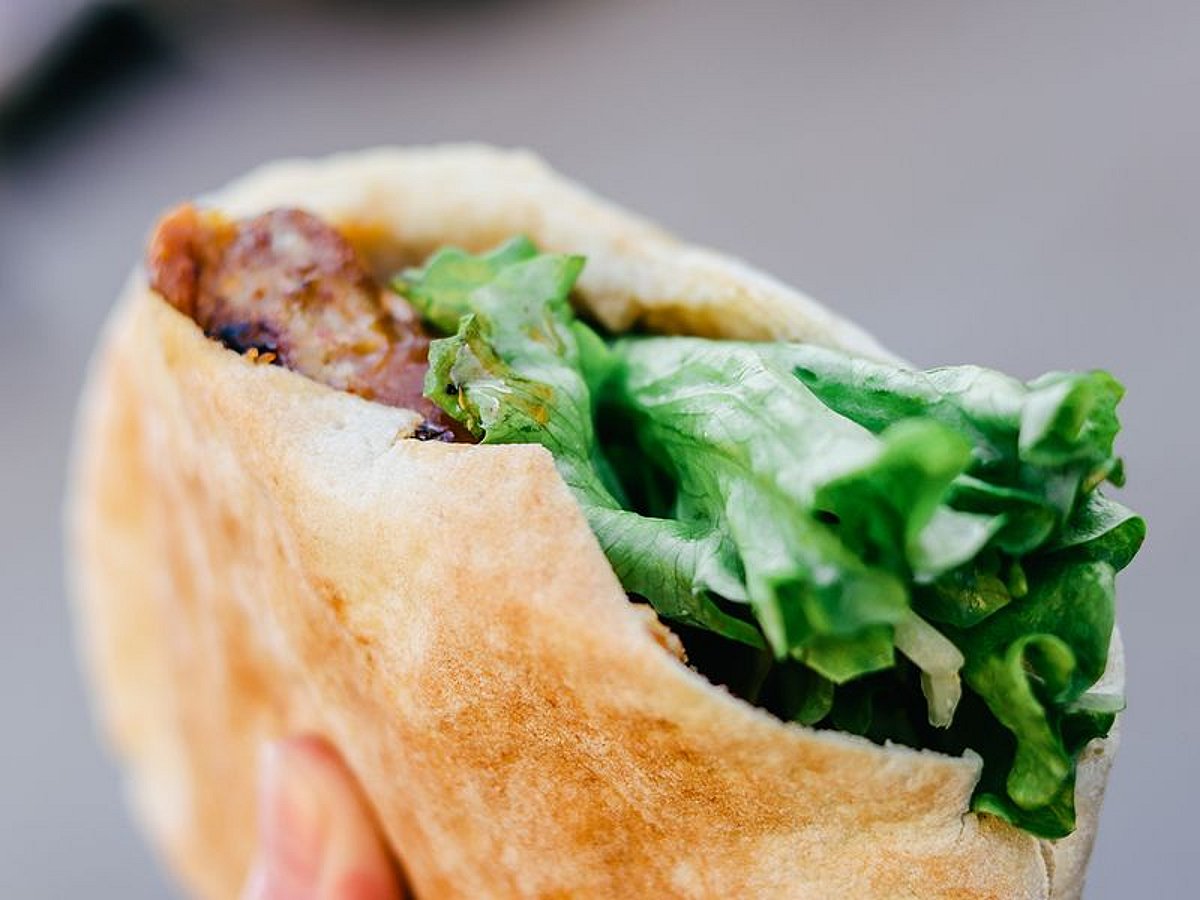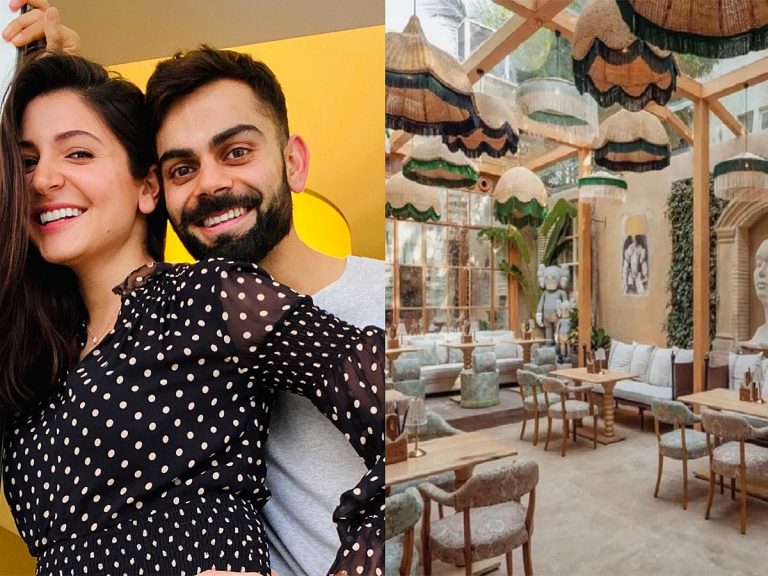Celebrating Global Breads on World Bread Day 2025
Bread is a fundamental part of many cultures around the world, serving as a staple food that brings people together. As we commemorate World Bread Day 2025, it’s an ideal time to explore the diverse varieties of bread that not only nourish our bodies but also reflect our culinary heritage. From flatbreads to loaves, each type has its unique story and significance.
The Comfort of Naan
Naan, a traditional Indian flatbread, is a beloved choice for many. Soft and fluffy, it is often brushed with garlic butter, making it a delightful accompaniment to rich curries or a satisfying snack on its own. Its versatility and comforting texture make it a staple in Indian cuisine.
The Timeless Sourdough
Sourdough bread, originating from ancient Egypt, has stood the test of time. This naturally fermented bread is known for its tangy flavor and crisp crust. The process of making sourdough teaches patience and skill, as bakers cultivate their starter and perfect their technique. Its popularity continues to rise, appealing to both traditionalists and modern food enthusiasts.
The Iconic Croissant
The French croissant is a breakfast classic that embodies indulgence. With its flaky layers and buttery richness, it pairs perfectly with a cup of coffee. This pastry not only satisfies hunger but also elevates the morning routine, making it a favorite for many.
Focaccia: A Taste of Italy
Focaccia is an Italian bread that is both simple and flavorful. Often drizzled with olive oil and sprinkled with herbs or sea salt, it offers a comforting taste reminiscent of home-cooked meals. Its soft texture and ease of sharing make it a popular choice for gatherings.
The Practical Pita
Pita bread is known for its unique pocket, making it incredibly versatile. This Middle Eastern staple can be filled with a variety of ingredients, from meats to vegetables, creating a convenient meal option. Its lightness and adaptability have made it a favorite across cultures.
The Classic Bagel
Originating from Poland, the bagel has become a breakfast icon in New York City. Its dense, chewy texture is perfect for holding toppings like cream cheese or smoked salmon. The bagel’s satisfying crunch and flavor have made it a beloved choice for many.
Japanese Milk Bread
Shokupan, or Japanese milk bread, is renowned for its soft, cloud-like texture. This subtly sweet bread is perfect for sandwiches or simply enjoyed with butter. Its lightness and fluffiness make it a delightful treat for any time of day.
The Versatile Tortilla
Tortillas are a staple in Mexican cuisine, serving as the foundation for dishes like tacos and burritos. Their flexibility allows them to hold a variety of fillings, making every meal feel festive. Tortillas are not just a food item; they are an essential part of cultural celebrations.
FAQs
What is the significance of bread in different cultures?
Bread often symbolizes sustenance and community, reflecting the agricultural practices and culinary traditions of various cultures around the world.
How is sourdough different from other types of bread?
Sourdough is unique due to its natural fermentation process, which gives it a distinct tangy flavor and chewy texture, unlike breads made with commercial yeast.
Can bread be part of a healthy diet?
Yes, when consumed in moderation and made from whole grains, bread can be a nutritious part of a balanced diet, providing essential nutrients and energy.
Conclusion
As we celebrate the diversity of bread on World Bread Day 2025, it’s clear that each type carries its own cultural significance and culinary charm. From naan to tortillas, these breads not only feed our bodies but also connect us to traditions and communities. Exploring these varieties can enhance our appreciation for this timeless staple, encouraging us to incorporate them into our meals and celebrations.
Bread has played a crucial role in human history, often serving as a symbol of hospitality and sharing. In many cultures, the act of breaking bread together fosters a sense of community and belonging, reinforcing social bonds. This shared experience transcends geographical boundaries, highlighting the universal nature of bread as a comfort food.
The methods of bread-making vary widely across regions, influenced by local ingredients, climate, and traditions. For instance, while some cultures emphasize fermentation techniques, others may focus on the use of specific grains or baking methods. This diversity not only enriches the culinary landscape but also showcases the creativity and adaptability of bakers around the world.
Also Read:
DDLJ at 30: Celebrating Its Impact on Indian Cinema







